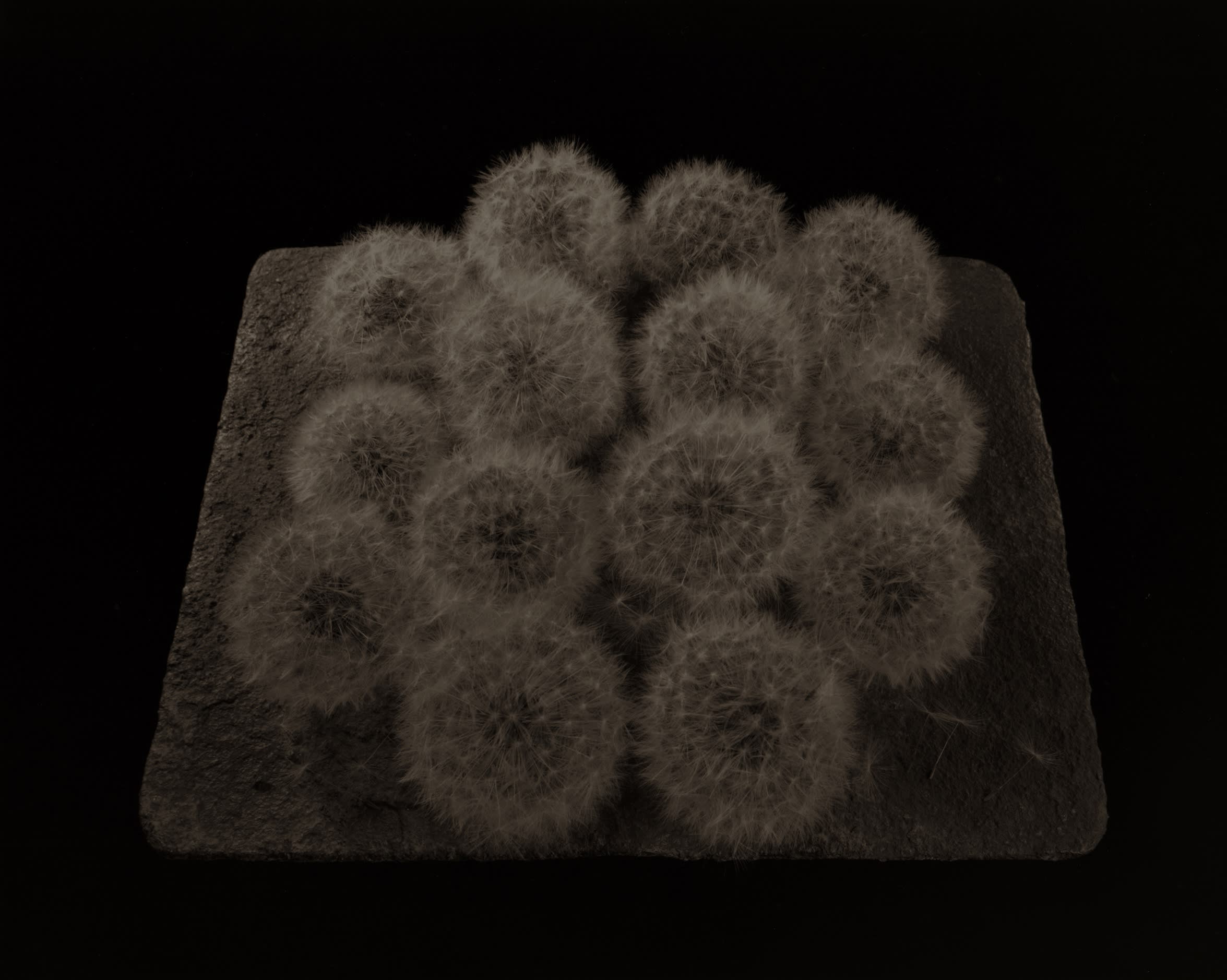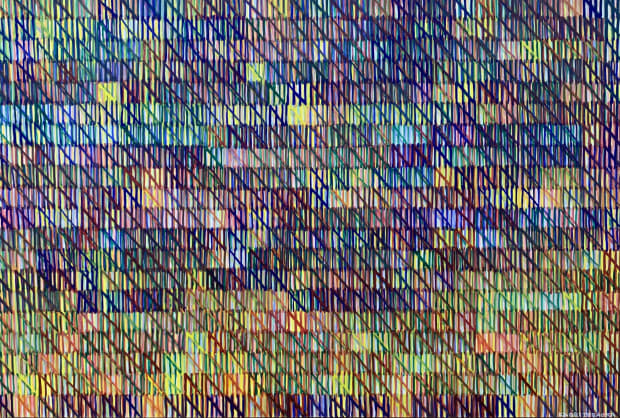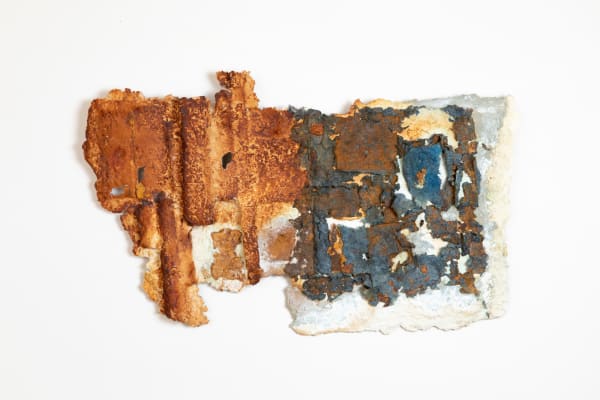-

-
Washi (fibers of gampi, mulberry kozo and mitsumata, and the hemp mashi, among many others) is treasured for its longevity, as the extraordinarily long, thin fibers—which are both durable and flexible—are slow to degrade. Japan’s paper tradition has maintained a broad and profound influence on art, culture, life, and architecture for a millennium.These five artists, working with the flat material in both two- and three-dimensions, demonstrate the beauty and tenaciousness of Japanese paper as a form of artistic expression.
-

-

-

-

-

-


















![Mami Kato Lace-leaf [Framed], 2022 Gampi Paper, Gouache](https://artlogic-res.cloudinary.com/w_600,c_limit,f_auto,fl_lossy,q_auto/artlogicstorage/ippodogallery/images/view/85d720260da2f2aa758e30f9b3b4fd75j/ippodogallery-mami-kato-lace-leaf-framed-2022.jpg)


















